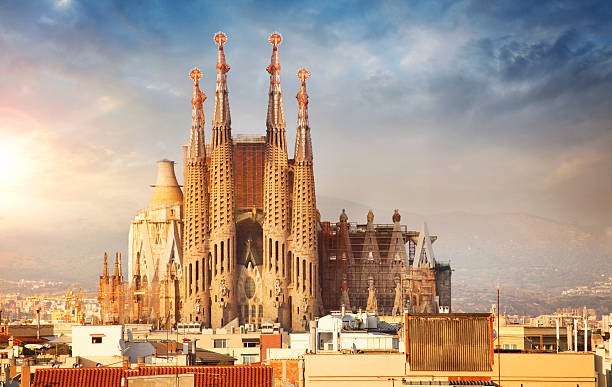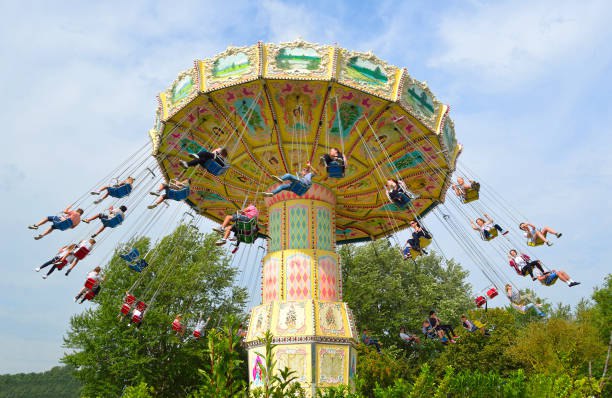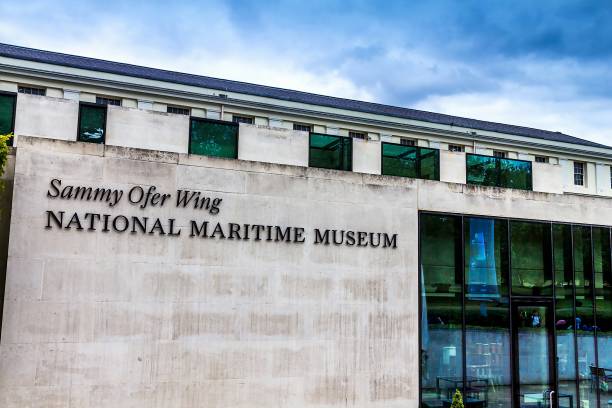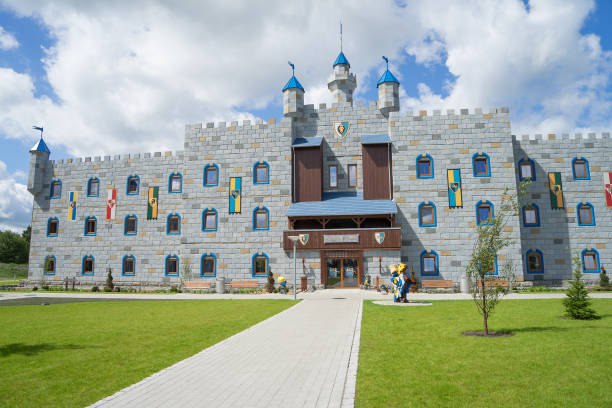When it comes to architectural marvels, few landmarks are as iconic and awe-inspiring as Antoni Gaudí's Sagrada Família in Barcelona. This grand basilica, still under construction after more than 140 years, stands as a testament to Gaudí’s brilliance, religious devotion, and distinctive design approach. A visit to this masterpiece is essential for any traveler in Barcelona, offering an unforgettable historical journey and a deep exploration of the symbolism embedded within the structure.
A Glimpse into the History of the Sagrada Família
Construction of the Sagrada Família began in 1882 under Francisco de Paula del Villar, but it was Antoni Gaudí who took over the project in 1883, transforming it into the iconic basilica we know today. Gaudí continued his work on the church until his death in 1926, leaving behind detailed plans and a clear vision. Unfortunately, he didn’t live to see its completion. Over the years, various architects have carried on Gaudí’s vision, utilizing modern technology to keep building the basilica, with the aim of completing it by 2026, marking the centenary of Gaudí’s death.
The Symbolism of the Sagrada Família
From the moment you step inside the Sagrada Família, it’s clear that this is more than just a church—it is a living symbol of faith, nature, and the divine. Every element of the basilica is imbued with deeper meaning, reflecting Gaudí’s profound connection to religion and his understanding of the natural world.
The Three Facades: The Life of Christ
The Sagrada Família is adorned with three facades, each representing a significant chapter in Christ’s life:
- The Nativity Facade: The first completed facade, depicting the birth of Jesus, represents the joy and innocence of His arrival. The intricate sculptures and symbolic elements emphasize themes of creation and the Virgin Mary's role in the birth.
- The Passion Facade: A stark, dramatic facade symbolizing Christ's suffering and death. With sharp angles and minimalist design, it contrasts sharply with the Nativity Facade, reflecting the agony of His crucifixion.
- The Glory Facade: Still under construction, this facade will represent Christ's eternal glory and resurrection. It promises to be the most elaborate, symbolizing hope, renewal, and divine light.
The Towers: Reaching Toward the Heavens
Gaudí’s design includes 18 towers in total, each representing a different biblical figure:
- The central tower, dedicated to Jesus Christ, will stand as the tallest, symbolizing Christ’s divine presence.
- The four towers dedicated to the Evangelists rise together, symbolizing the foundation of Christianity.
- Towers dedicated to the Virgin Mary and the apostles reflect their importance in the story of Christ.
These towers are designed not only as architectural feats but as spiritual beacons reaching skyward.
How to Reach the Sagrada Família
No matter how you arrive in Barcelona, getting to the Sagrada Família is simple:
- By Metro: Take Line 5 (blue line) or Line 2 (purple line) and stop at the Sagrada Família station. It’s a short walk from there to the basilica.
- By Bus: Several buses, including routes 19, 33, 34, and 50, stop near the Sagrada Família. Check schedules for the most convenient times.
- By Foot or Bike: If you're nearby, consider walking or renting a bike. Barcelona is a bike-friendly city with dedicated lanes, and you can enjoy the architecture and lively street scenes as you make your way to the basilica.
Exploring the Area Around the Sagrada Família
After your visit to Gaudí’s masterpiece, take some time to explore the surrounding area. Here are a few recommended spots:
- Passeig de Sant Joan: A lively street filled with cafes, shops, and restaurants. It’s a great place to relax and enjoy local Catalan cuisine after your visit.
- Avinguda Gaudí: A charming pedestrian street that leads directly to the Sagrada Família from the Hospital de Sant Pau. Lined with trees and cafes, it’s perfect for a leisurely stroll.
- Hospital de Sant Pau: Just a 10-minute walk away, this UNESCO World Heritage Site is another architectural gem by Lluís Domènech i Montaner. A stunning example of Modernisme architecture, it’s a peaceful spot to explore after the basilica.
- Parc de la Ciutadella: For a bit of greenery, head to one of Barcelona’s most beautiful parks. It’s perfect for a picnic, boat ride, or simply relaxing amidst nature.
The Best Time to Visit the Sagrada Família
The Sagrada Família is one of the most popular attractions in Barcelona, so it can get crowded, especially during peak tourist seasons. For a more peaceful experience, consider the following:
- Early Morning or Late Afternoon: Arriving when the basilica opens or later in the day can help you avoid crowds. These times also offer beautiful lighting for photos.
- Off-Peak Seasons: The winter months (November to February) are a great time to visit, as the crowds are thinner and the weather remains mild.
To explore Sagrada Família, visit skyroutetravel.com Discover more details and book your trip through the website.

 India
India
 Sri Lanka
Sri Lanka




0 comments for this post